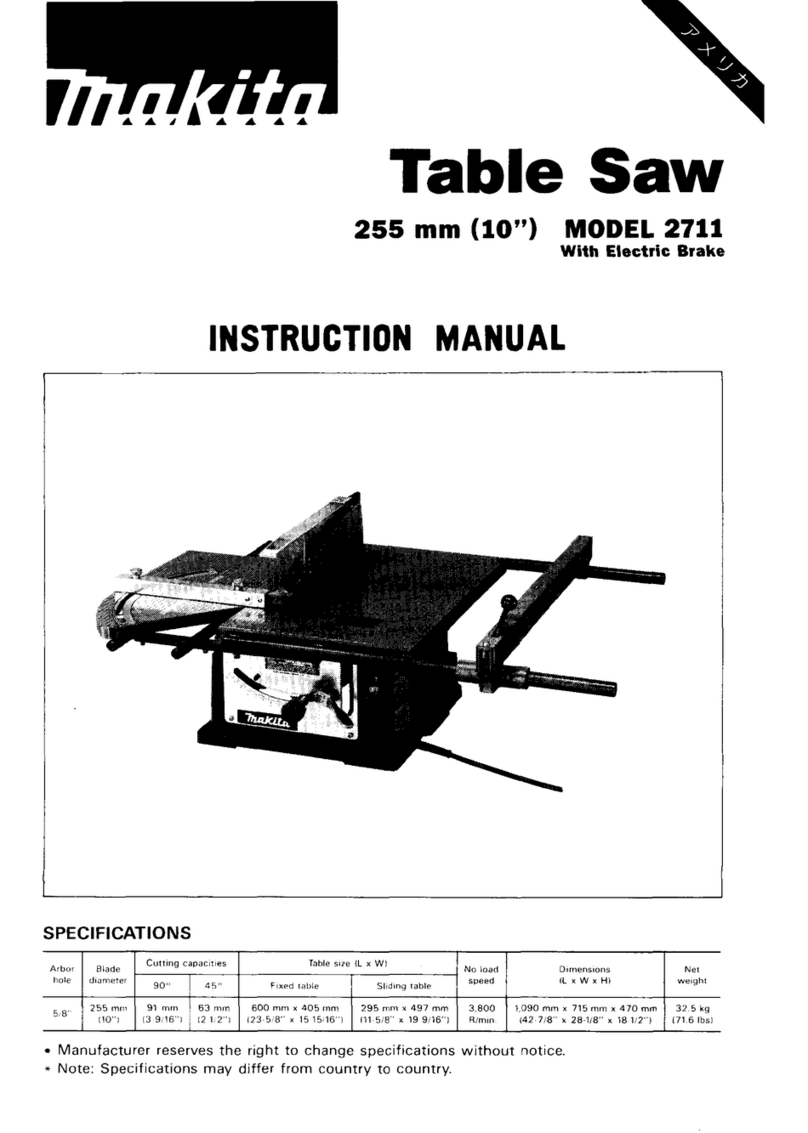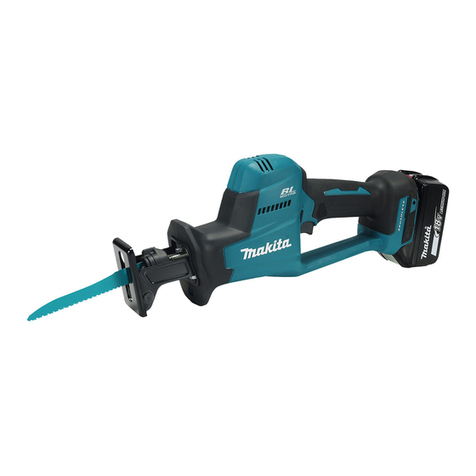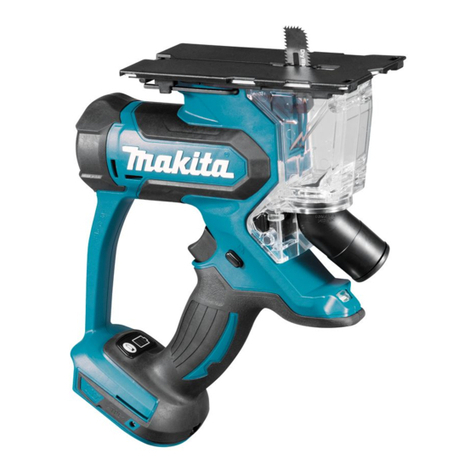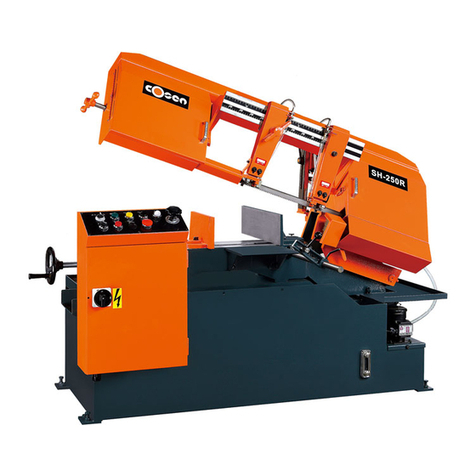Makita DLS111 User manual
Other Makita Saw manuals
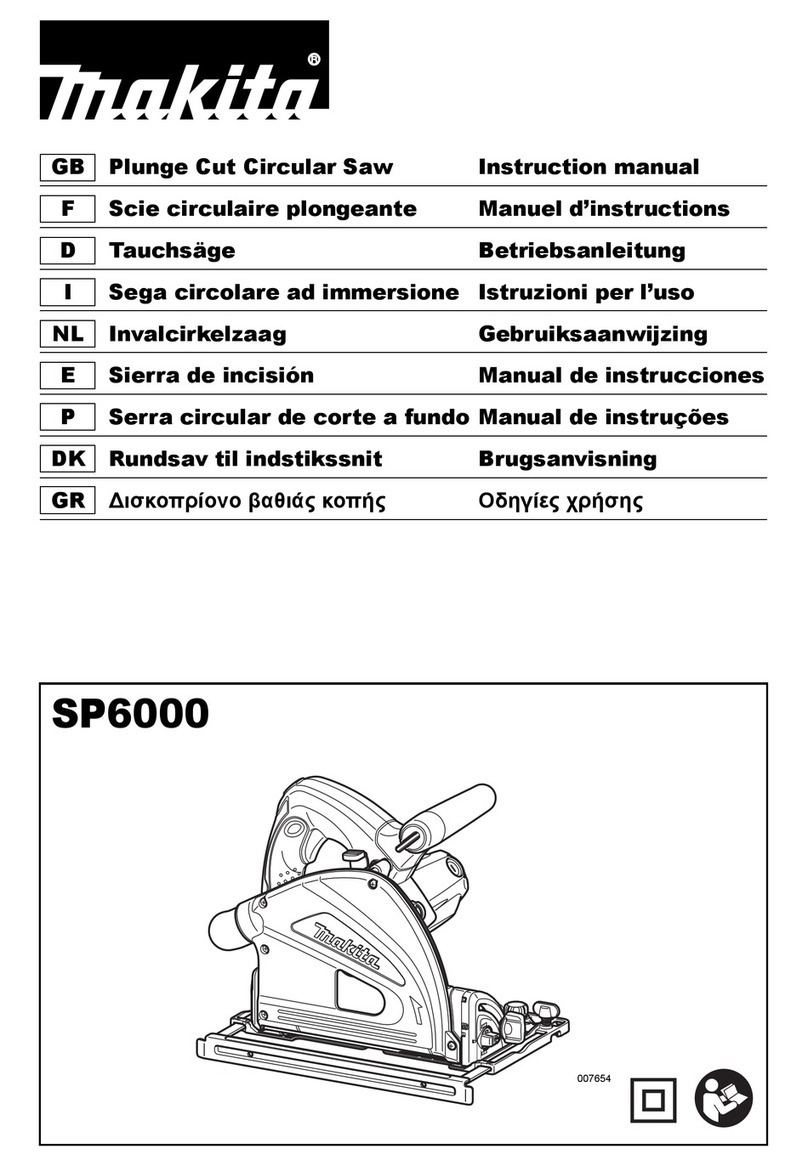
Makita
Makita SP6000 User manual
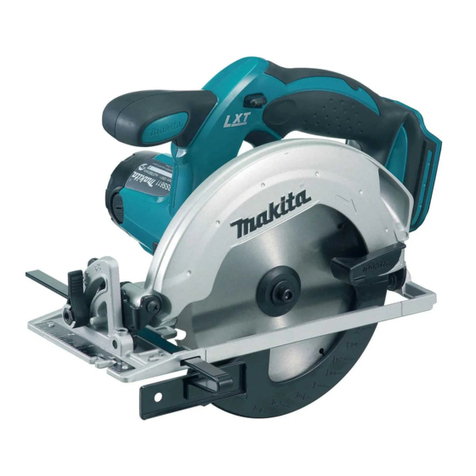
Makita
Makita DSS611 User manual

Makita
Makita LS1440N User manual

Makita
Makita LS1045 User manual
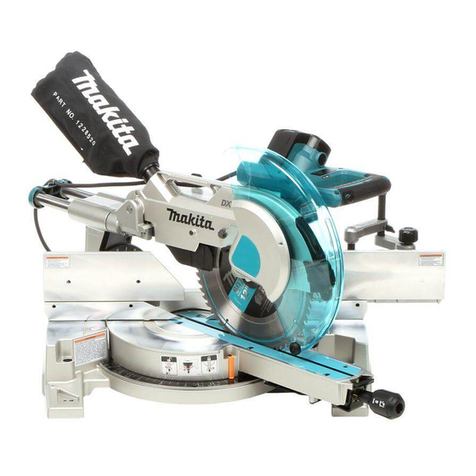
Makita
Makita LS1216 User manual
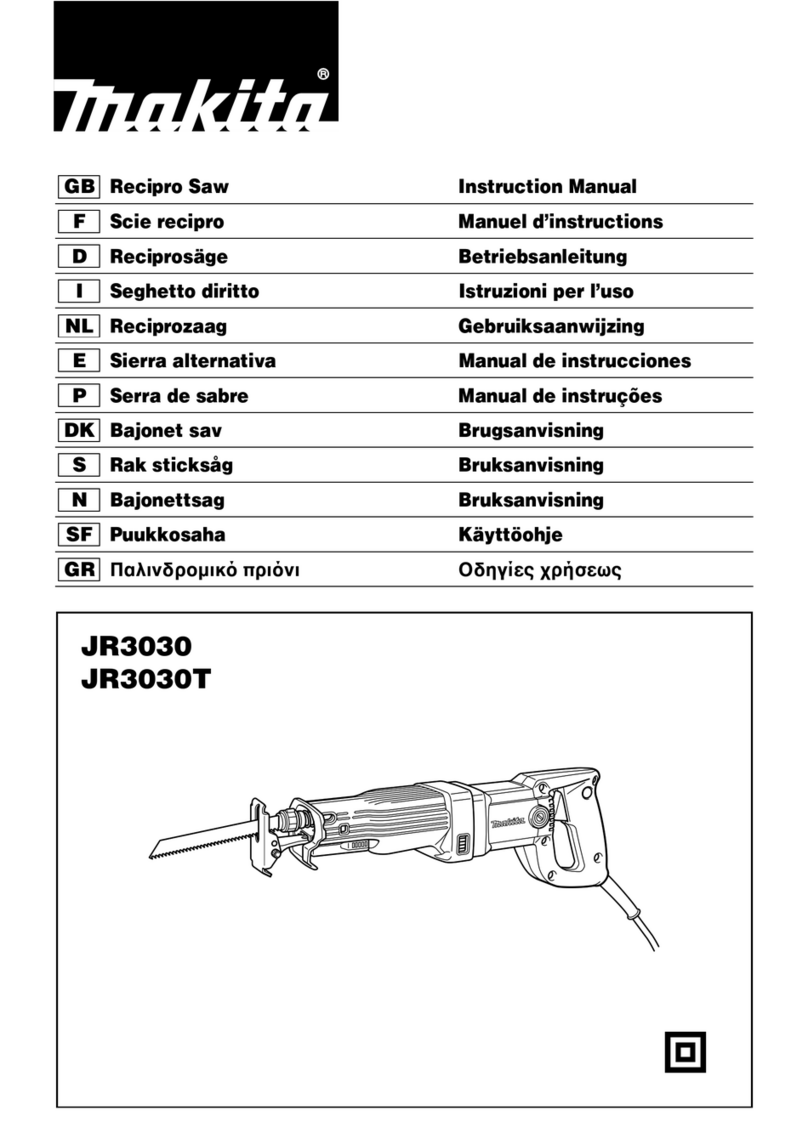
Makita
Makita JR3030 User manual

Makita
Makita LS1040 User manual
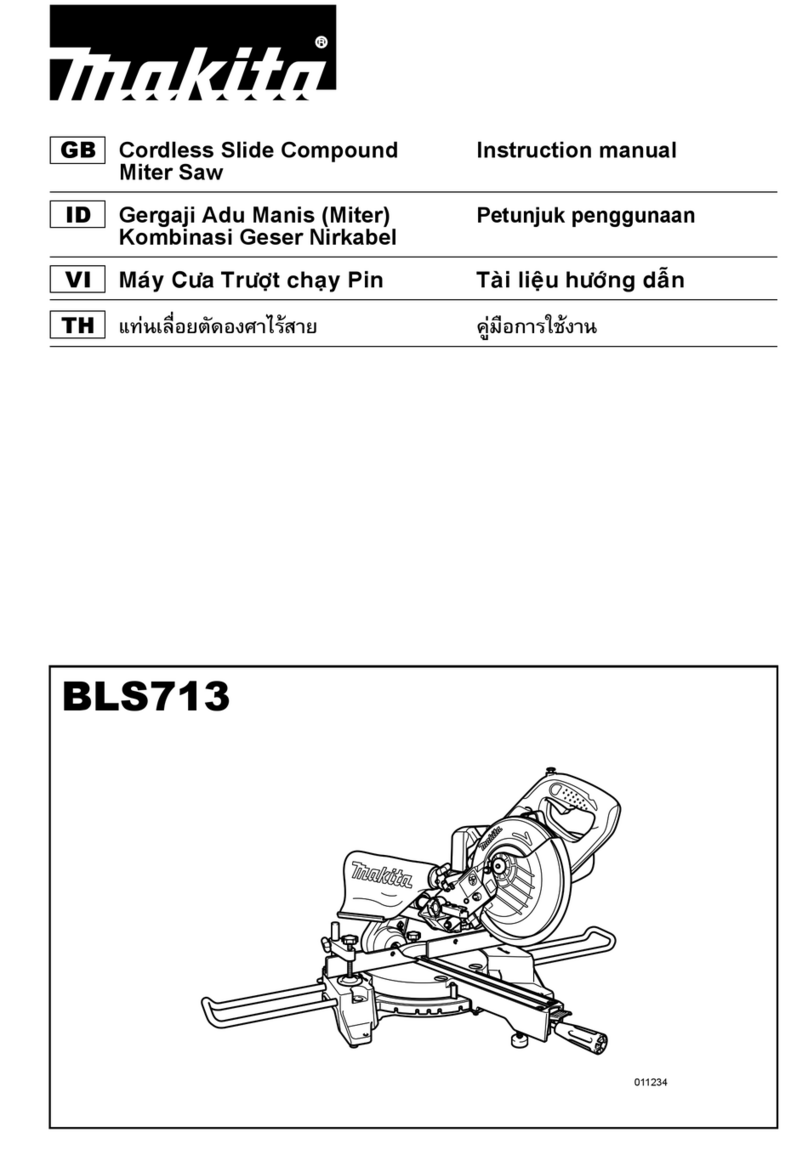
Makita
Makita BLS713 User manual
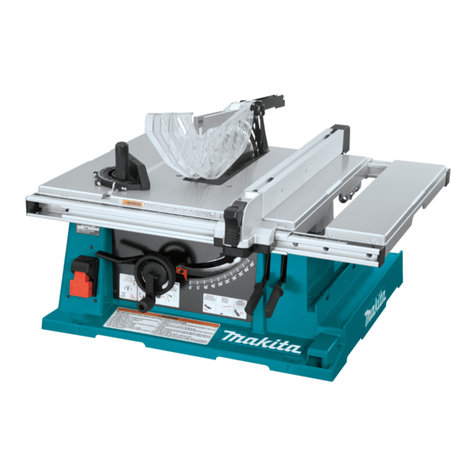
Makita
Makita 2705 User manual
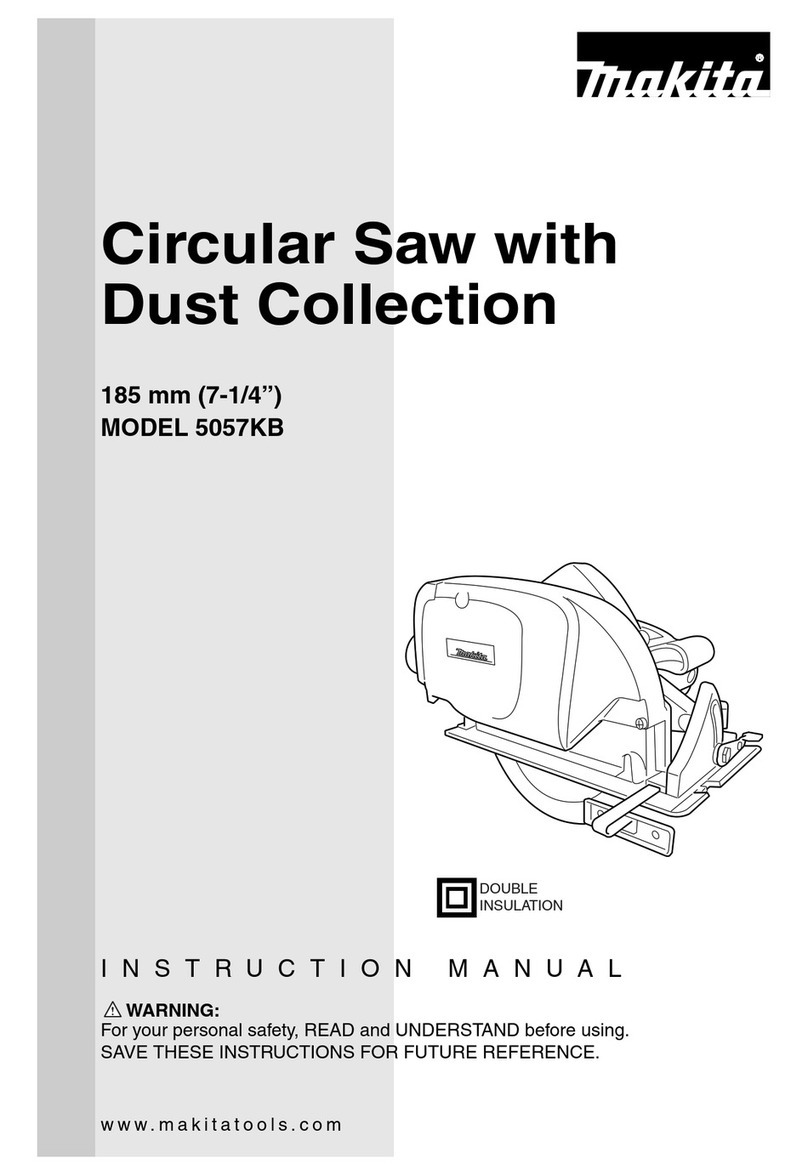
Makita
Makita 5057KB User manual
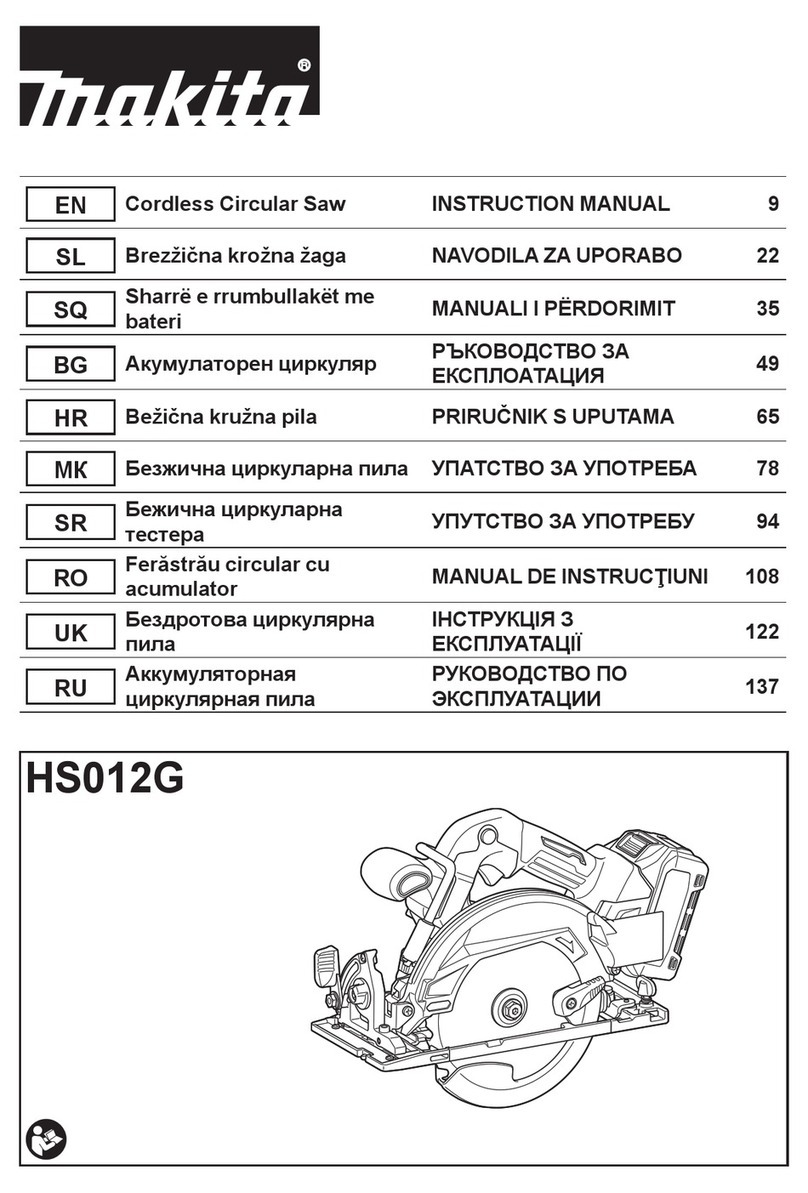
Makita
Makita HS012GD201 User manual
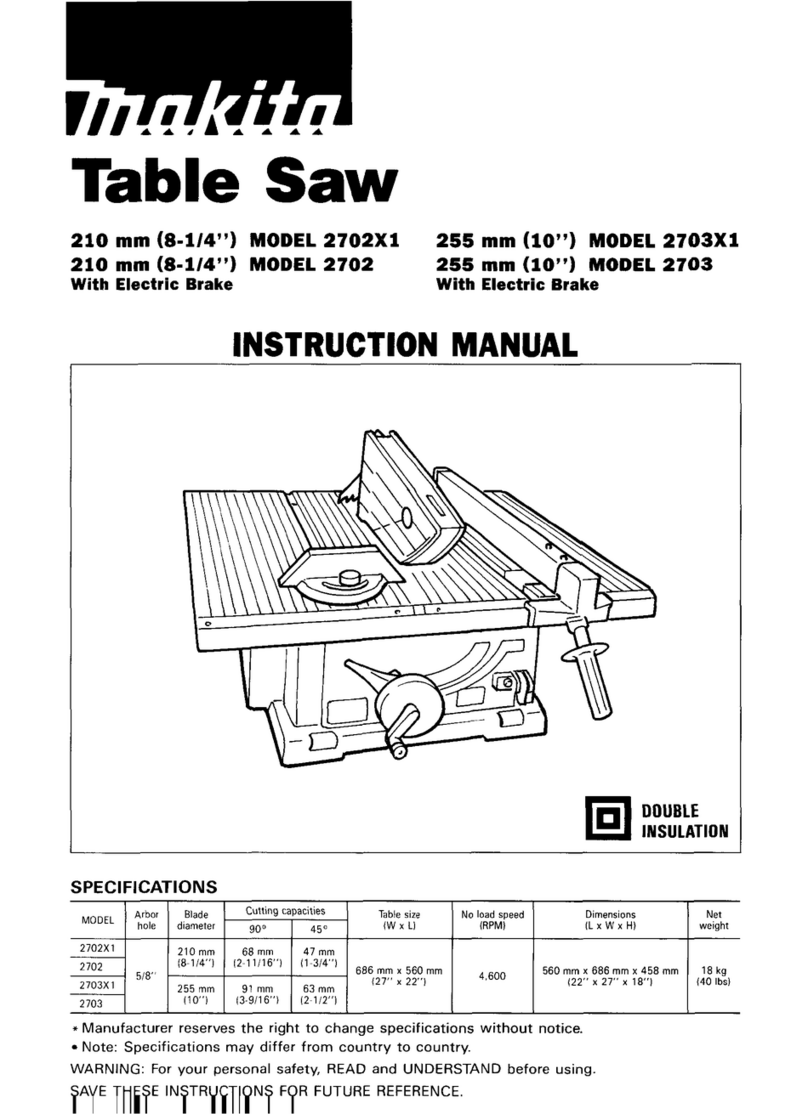
Makita
Makita 2702X1 User manual
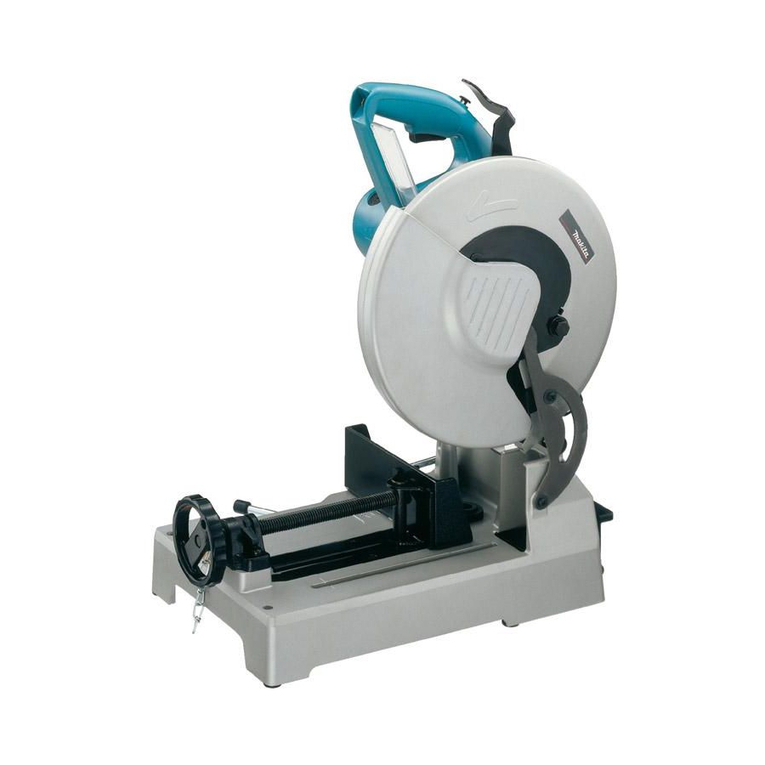
Makita
Makita LC1230 User manual
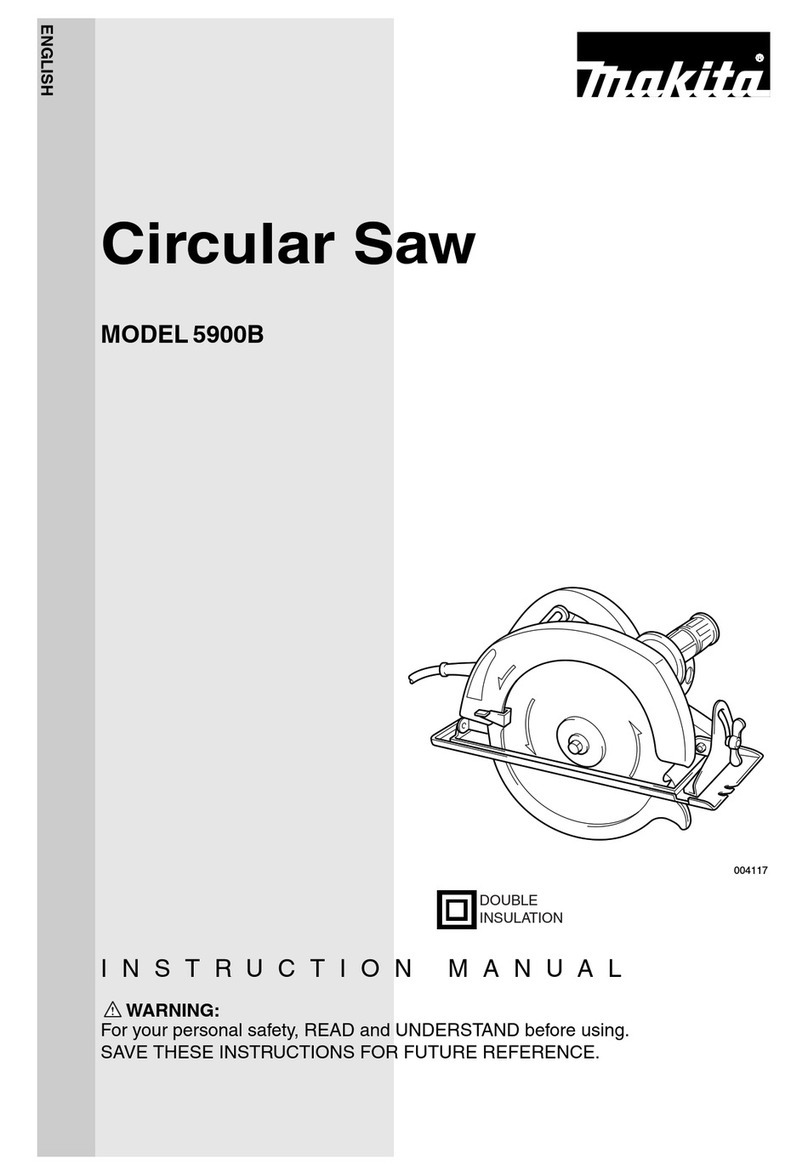
Makita
Makita 5900B User manual

Makita
Makita LS1212 User manual
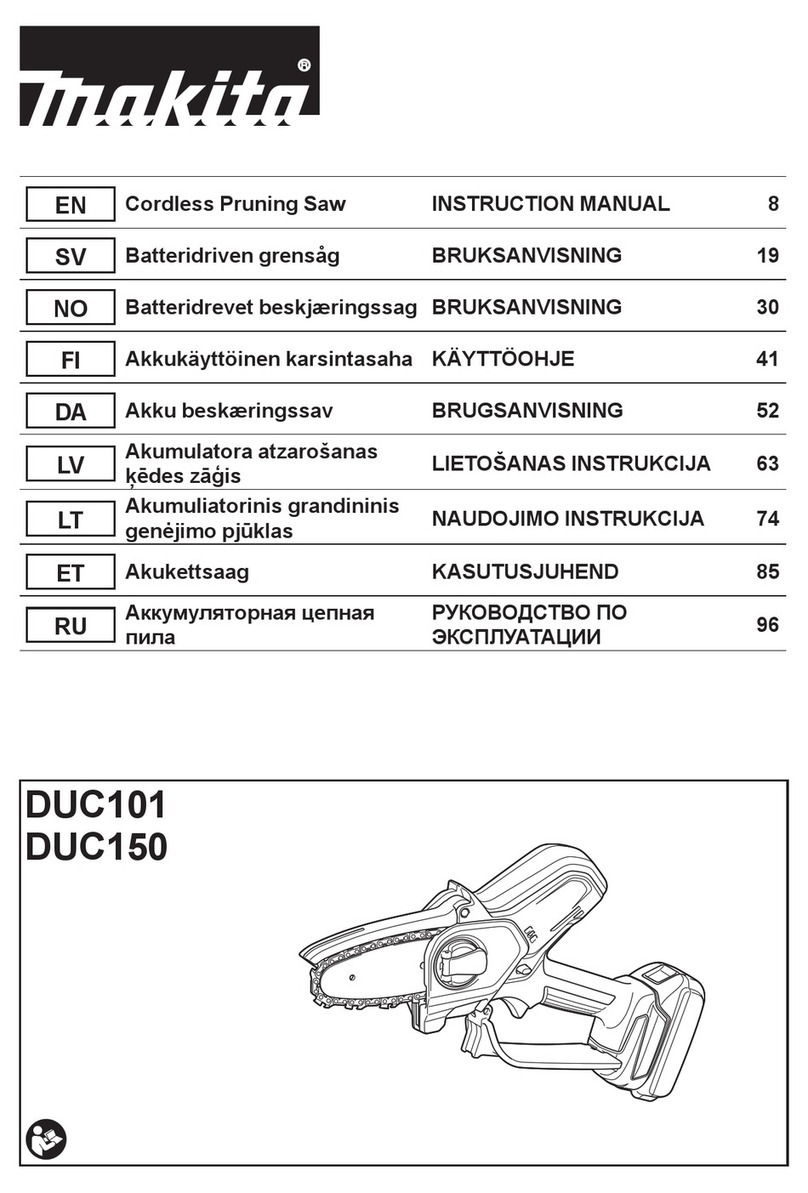
Makita
Makita DUC101 User manual
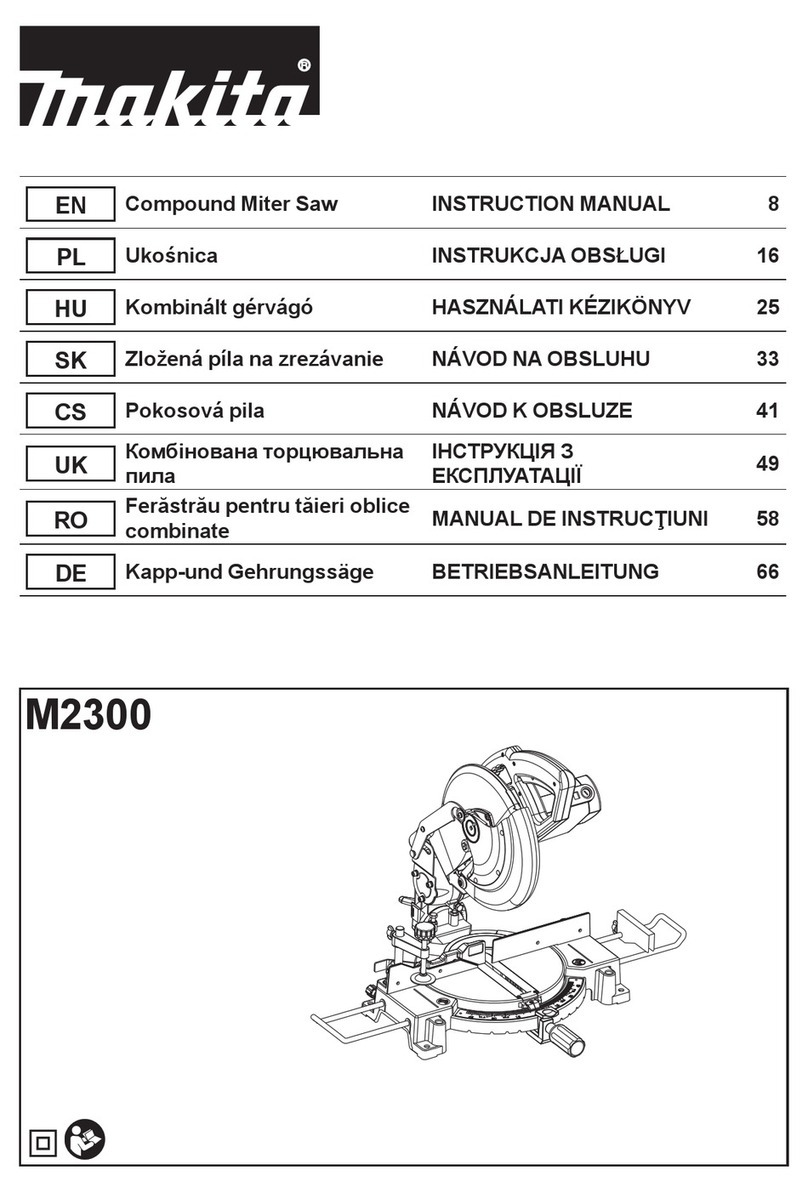
Makita
Makita M2300 User manual

Makita
Makita MLT100N User manual

Makita
Makita LS002G User manual

Makita
Makita DLS714 User manual
